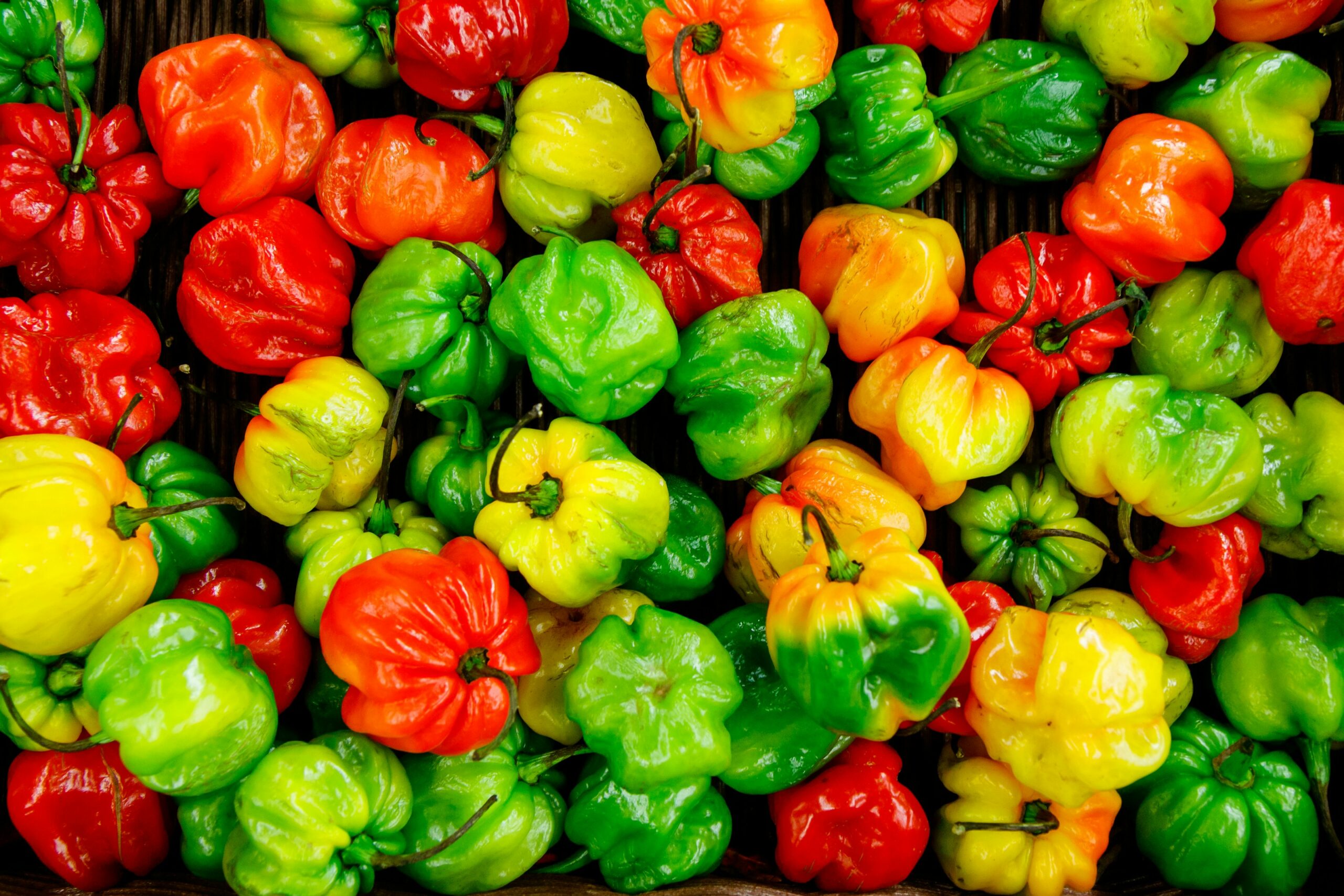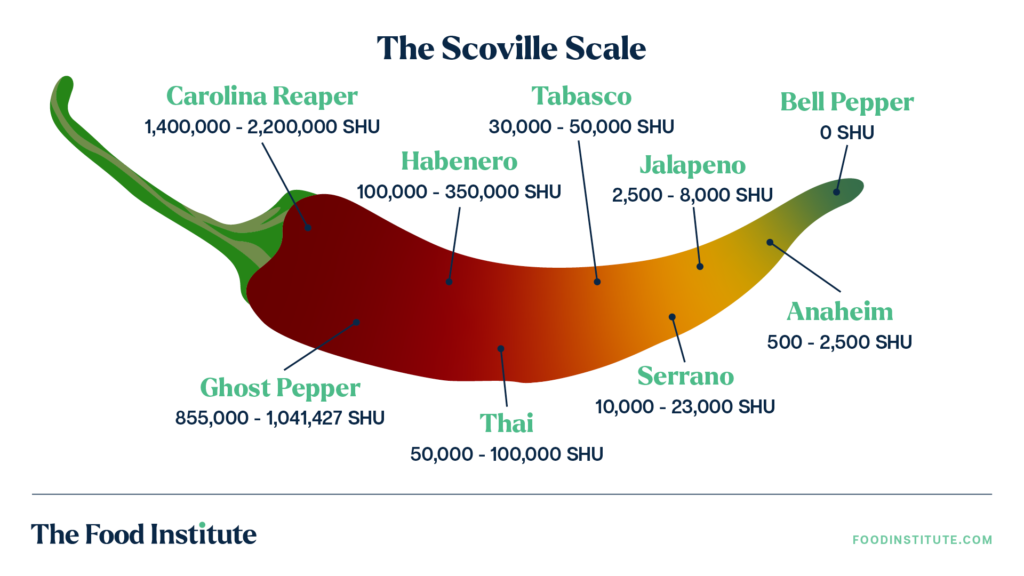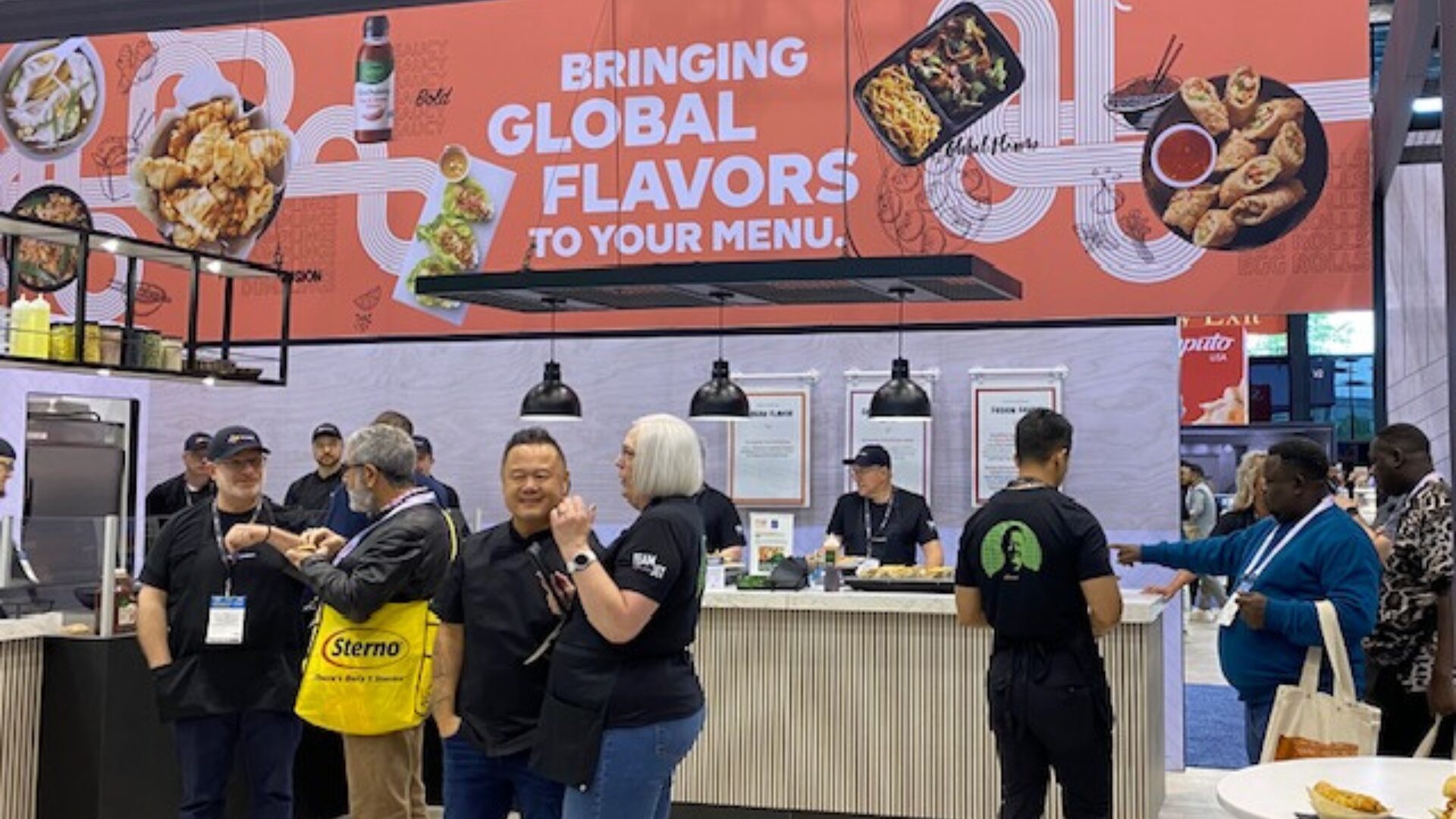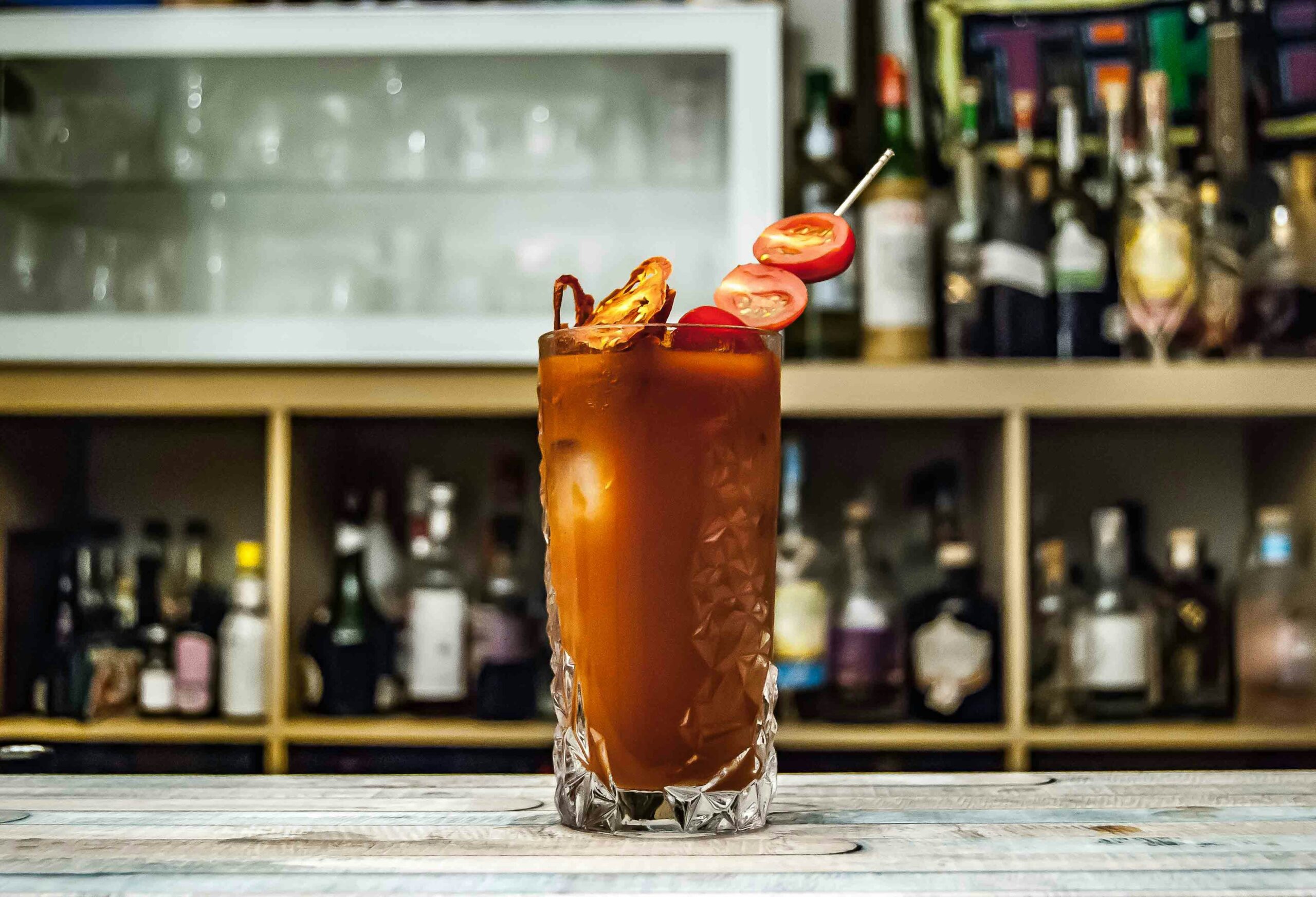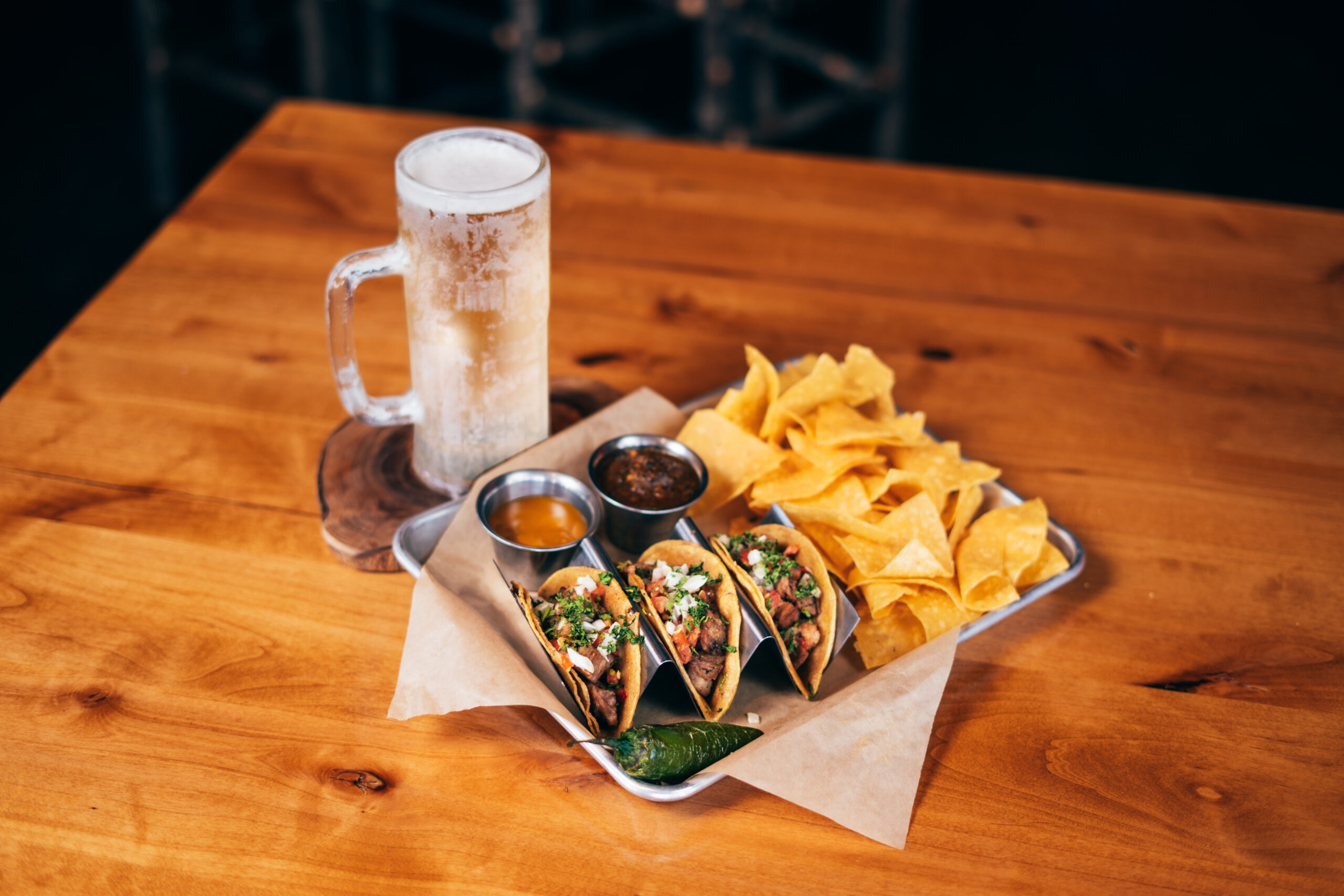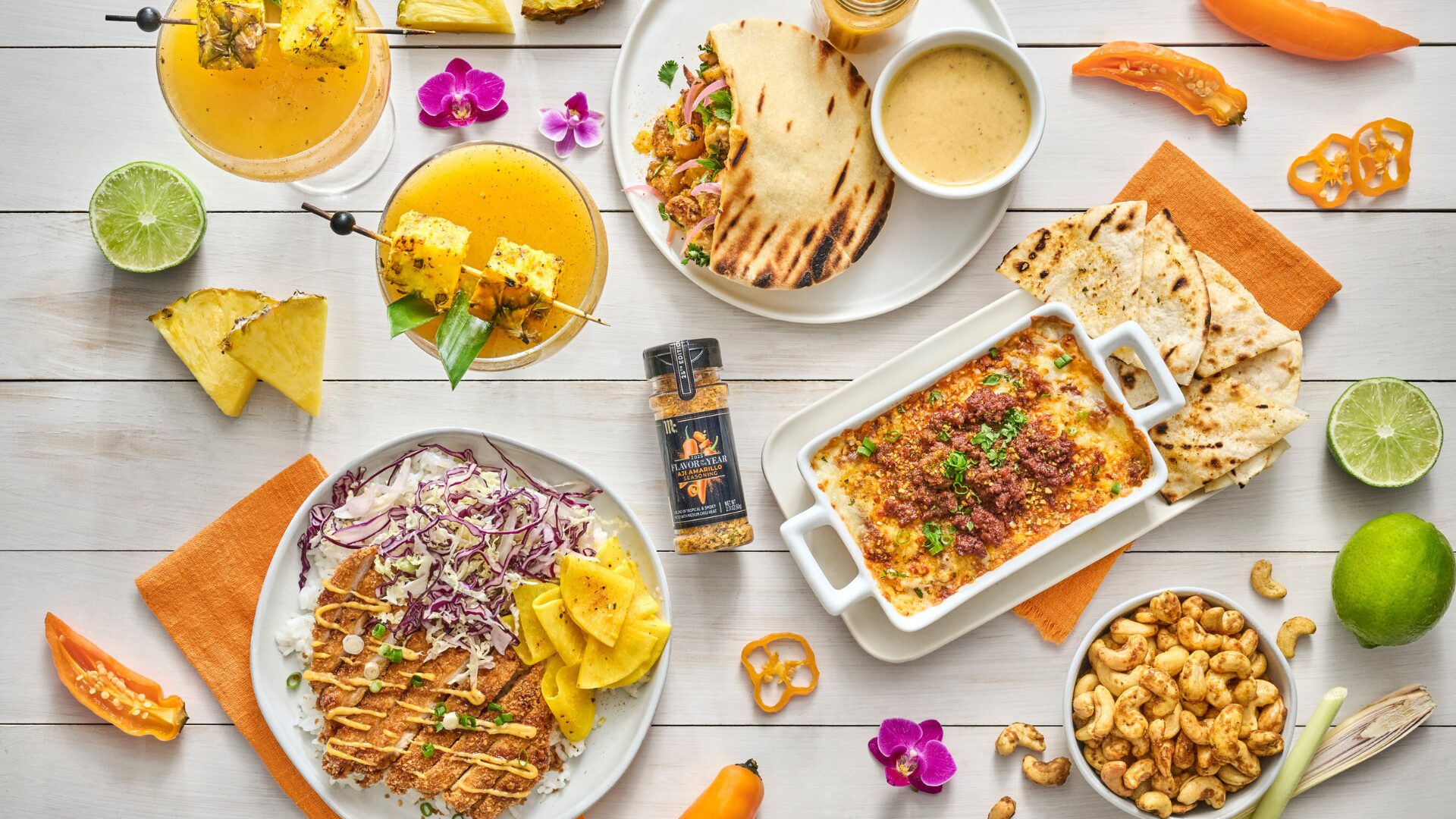Temperatures to make your drink sweat aren’t the only hot forecast for the summer.
This year, the name of the game on many menus is swicy. That’s according to Monin Americas, a 112-year-old foodbev flavor innovation company. More than 80% of consumers claim to enjoy hot and spicy foods; many flavors came to the forefront of all aspects of foodbev last year, including hot honey, gochujang, and more; for example, the rise of a more diverse American palate is one reason David Chang and Momofuku recently made news as he tried to trademark chili crunch. But because many companies claim bold chili/chile flavor, the generic term was left alone and the media blowback already over.
Still, Americans want spice, they want flavor, they want exciting food and texture combinations in their appetizers, their main courses, and their drinks. And swicy is here to give it to them.
According to Daymon’s March 2024 flavor study, more spice is on the way. According to the study,
- 1 in 3 shoppers are always open to trying a new type of spice.
- 84% of consumers eat spicy food.
- 53% of Gen Z shoppers say they enjoy “swicy” heat, which combines sweet and spicy as a flavor profile.
- The most popular level of heat enjoyed by spice enthusiasts is medium, and the flavors of heightened interest are spicy garlic (47%), hot honey (41%), and spicy mustard (36%). Other spicy flavors on the rise are chili-lime, habanero and jalapeno, Nashville hot, and Kung Pao.
Daymon’s study also revealed that wild tropical flavors will entice consumers as Memorial Day Weekend gives way to the start of summer at the ballpark, the picnic table, and restaurants large and small:
- One in four shoppers say watermelon is their favorite summer flavor, while one in five shoppers prefer strawberry.
- 75% of consumers are interested in trying tropical flavors this summer.
- 6 in 10 shoppers are interested in dragon fruit, while 5 in 10 are excited about guava.
- Ube, tamarind and guanabana are also on consumer’s radar this summer.
Exotic flavors such as dragon fruit, guava, ube, tamarind, and guanabana-flavored food and drinks will further help ignite the senses under the summer sun.
Go Big, Go Bold
“Experimentation is in,” said Julia Melucci, beverage innovation manager at Monin.
“Global cuisine is increasingly popular, and robust flavors are more the norm now than ever before. We can also look to experiences like the ‘hot chip challenge’ or videos of celebrities eating increasingly spicier wings — swicy is being marketed more now than ever before, and everyone wants to be a part of the excitement.”
Melucci said some great gateway condiments for the swice-curious are spicy barbecue sauces or ketchup, Jerk seasoning, Korean gochujang, different salsas, and hot honey. Many swicy flavors play well across the foodbev spectrum and complement everything from tortilla chips to hamburgers, vegetables, and as explosive additions to drinks.
“Think spicy peach barbecue sauce or honey gochujang wing sauce — you have something familiar in the mix to practice safe experimentation,” Melucci added, noting that the swicy trend draws inspiration from global cuisine.
“Most Asian and Mexican fare lends itself to both sweet and spicy flavors,” she said. “Many of the ‘swicy’ foods are paired with less powerful flavors like rice or pasta so the bolder flavors can really shine through. Think General Tso’s chicken, carne asada seasoned beef, curries, and arrabbiata sauce.”
Chelsey Capps is director of thought leadership at Daymon who believes swicy as a spice profile is extremely accessible to a wide audience of consumers because it tamps down more traditional heat from spicy foods and cuts it with sweet flavor and textures.
“Swicy, with its heat and its sweet, helps create more complex sensory experiences in our food and drink consumption,” she said to TFI.
“Science shows that spice can physically engage endorphins and dopamine in the brain, propelling consumer’s desire to taste more of it. But 1 in 5 shoppers are too scared to try something too spicy, which makes swicy a golden ticket for consumer interest and new product/flavor adoption and growth.”
Capps said that other gateway swicy options include hot honey and Thai sweet chili sauce, both of which “best-in-class” private brands have really leaned into and continue to incorporate across many grocery categories. She said hot honey continues to be featured in many major restaurants as a great addition to staple food such as chicken or pizza, but it also features in more creative and adventurous cuisines like hot honey ice cream or drizzled across grilled shrimp.
“Even drink menus are getting swicy with hot honey espresso martinis and hot honey margaritas,” she mused.
Asian cuisines like Thai, Korean, and Chinese have long used swicy foods as an enticing way to attract new and long-time patrons, and many mainstream and fusion restaurants are combining classic American fare with these staple flavors from across the world.
Monin senior marketing manager Carrie Gillespie also chimed in, noting that food and flavor trends in 2023 were largely influenced by the flavors of Central America. This year, however, “the flavor odyssey is centralized around beverages and flavors from Southeast Asia,” with strong interest in Asian tea-based beverages like bubble tea and matcha, and Southeast Asian fruits.”
Gillespie expects to see more bars, restaurants, and coffeehouses featuring flavors like dragon fruit, yuzu, lychee, and ube, which is Monin’s 2024 Flavor of the Year (ube is a vibrant purple root vegetable).
From backyard to ballpark, that aroma wafting across the grass might be unfamiliar, tantalizing, and undeniably swicy.


